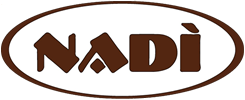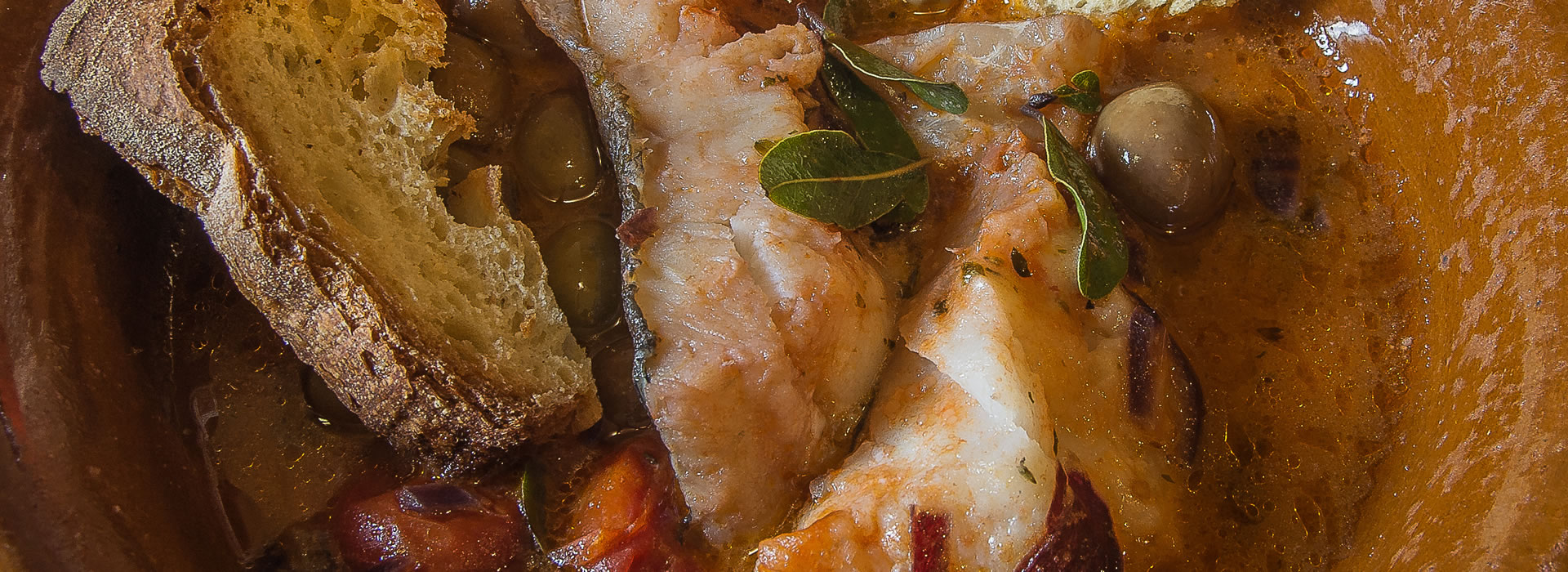The traditional cuisine of Matera is a simple cuisine, made mainly of vegetables, legumes and cereals with an economical use of meat, consumed mainly during the holidays and on special occasions.
A peculiar feature of the Matera cuisine is the use that is made in many recipes of stale bread. Usually they were the women who kneaded the mass (the dough) to make bread once a week, from which they derived the typical shape of the Matera bread that was delivered to the baker for cooking in the wood-fired ovens of the Sassi.
The families in the Sassi were very numerous and the bread was one of the ingredients that could not be missing from the Desco dei Materani, it happened to trombare (knead) the bread dough even twice a week to make loaves that could reach a weight of 5 kilograms. Given the size and the quantity, it was easy to accumulate stale bread from the previous days, sometimes it was specially kept aside, and was used to make particular recipes that required it.
The Matera cusine
The most common of the typical dishes of Matera made with bread is Cialledda, cold for the summer and warm for the winter, a bread soup much appreciated by the people of Matera both in the summer, cold, and winter versions (warm ). The kitchen of Matera, even today, is a simple kitchen that uses the raw materials that the area offers.
The predominant crops in the Matera countryside are the cereal and olive cultivations while the breeding is mainly of the goat-sheep type. To these are added the horticultural crops and also a wide range of food that is found in nature, such as snails, wild fruits and vegetables of which the Matera people have always made extensive use and which they used to collect in the countryside around Matera or on the nearby Murge, a vast limestone area that Matera shares with the Apulian one.
Cicorielle, sivoni, cimalaponi, various aromatic and healing herbs, tubers, mushrooms and wild fruits were all very present elements on the tables of the Materans. Here, as in the rest of Italy in the fifties, little was eaten of meat, it was a food that was consumed mainly during the carnival period, on Saturday evening in the Ciddari and on Sunday (for those who could afford it) in ragù or roasted on the embers.
The predominant crops in the Matera countryside are the cereal and olive cultivations while the breeding is mainly of the goat-sheep type. To these are added the horticultural crops and also a wide range of food that is found in nature, such as snails, wild fruits and vegetables of which the Matera people have always made extensive use and which they used to collect in the countryside around Matera or on the nearby Murge, a vast limestone area that Matera shares with the Apulian one.
Cicorielle, sivoni, cimalaponi, various aromatic and healing herbs, tubers, mushrooms and wild fruits were all very present elements on the tables of the Materans. Here, as in the rest of Italy in the fifties, little was eaten of meat, it was a food that was consumed mainly during the carnival period, on Saturday evening in the Ciddari and on Sunday (for those who could afford it) in ragù or roasted on the embers.
The most common of the typical dishes of Matera made with bread is Cialledda, cold for the summer and warm for the winter, a bread soup much appreciated by the people of Matera both in the summer, cold, and winter versions (warm ).
The kitchen of Matera, even today, is a simple kitchen that uses the raw materials that the area offers. The predominant crops in the Matera countryside are the cereal and olive cultivations while the breeding is mainly of the goat-sheep type. To these are added the horticultural crops and also a wide range of food that is found in nature, such as snails, wild fruits and vegetables of which the Matera people have always made extensive use and which they used to collect in the countryside around Matera or on the nearby Murge, a vast limestone area that Matera shares with the Apulian one. Cicorielle, sivoni, cimalaponi, various aromatic and healing herbs, tubers, mushrooms and wild fruits were all very present elements on the tables of the Materans.
Here, as in the rest of Italy in the fifties, little was eaten of meat, it was a food that was consumed mainly during the carnival period, on Saturday evening in the Ciddari and on Sunday (for those who could afford it) in ragù or roasted on the embers.
In the culture of Matera the consumption of meat, like all food, was governed by the natural cycles of the seasons and of life. Not very differently from their prehistoric predecessors, the materan shepherds also needed to take excess males out of the flock of sheep to avoid problems. The beak, the male of the Sheep or of the Goat had to be eliminated and was taken to the butcher’s shop where it was often the only meat for sale; hence the name of via delle Beccherie u ’v’c rin in dialect of Matera.
At times it happened, especially in summer, that due to the dry ears of wheat of which the sheep were greedy, some of these died and took advantage of these accidents to feed them occasionally. With the meat of these sheep in particular, Pignata was made, another important dish of the Matera agro-pastoral tradition. The carnival was the time of the year when more meat was eaten, not by chance this festival coincides with the period in which the pig is killed and with the winter break of the works in the fields. In this period of the year the peasants took advantage of the feast to eat some meat, sausage or brawn to get in force in anticipation of the heavy summer jobs that awaited them in the fields during the summer months.
The carnival began with the fires of Sant’Antonio and ended with Mardi Gras. The party consisted of a quest that was brought into the houses, and the song that was played was called Cupa Cupa, like the musical instrument used during the party, a friction drum. The Cupa Cupa accompanied the happy crowd during the quest, we met late in the evening (after sunset, at which time we usually went to sleep in Matera) to bring the serenade to the home of those who were known to have killed the pig. It arrived in silence near the house of the victim and it was called loudly; as soon as this appeared, the sound of the gloomy gloom started and the poor man already knew what he had to do. In the meantime the unfortunates gave themselves a set and prepared the table, in front of the door they continued to play and sing the praises of the family in rhyme.
Often they were teases interspersed with the notes of the dark Cupa a song in rhyme that invites the mistress to open the door to prepare wine and sausage. After offering his guests some olives, a bit of sausage, soppressata watered with abundant red wine, the guest joined the cheerful brigade and went to bring another Cupa Cupa to some other lucky inhabitant of the Sassi.
At times it happened, especially in summer, that due to the dry ears of wheat of which the sheep were greedy, some of these died and took advantage of these accidents to feed them occasionally. With the meat of these sheep in particular, Pignata was made, another important dish of the Matera agro-pastoral tradition. The carnival was the time of the year when more meat was eaten, not by chance this festival coincides with the period in which the pig is killed and with the winter break of the works in the fields. In this period of the year the peasants took advantage of the feast to eat some meat, sausage or brawn to get in force in anticipation of the heavy summer jobs that awaited them in the fields during the summer months.
The carnival began with the fires of Sant’Antonio and ended with Mardi Gras. The party consisted of a quest that was brought into the houses, and the song that was played was called Cupa Cupa, like the musical instrument used during the party, a friction drum. The Cupa Cupa accompanied the happy crowd during the quest, we met late in the evening (after sunset, at which time we usually went to sleep in Matera) to bring the serenade to the home of those who were known to have killed the pig. It arrived in silence near the house of the victim and it was called loudly; as soon as this appeared, the sound of the gloomy gloom started and the poor man already knew what he had to do. In the meantime the unfortunates gave themselves a set and prepared the table, in front of the door they continued to play and sing the praises of the family in rhyme.
Often they were teases interspersed with the notes of the dark Cupa a song in rhyme that invites the mistress to open the door to prepare wine and sausage. After offering his guests some olives, a bit of sausage, soppressata watered with abundant red wine, the guest joined the cheerful brigade and went to bring another Cupa Cupa to some other lucky inhabitant of the Sassi.

 Home
Home

